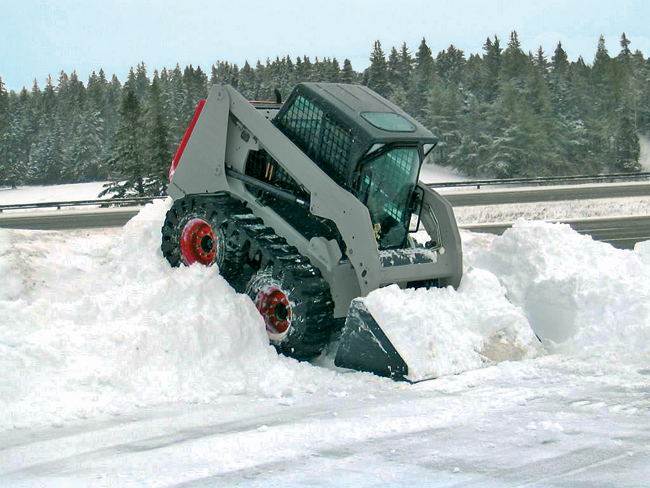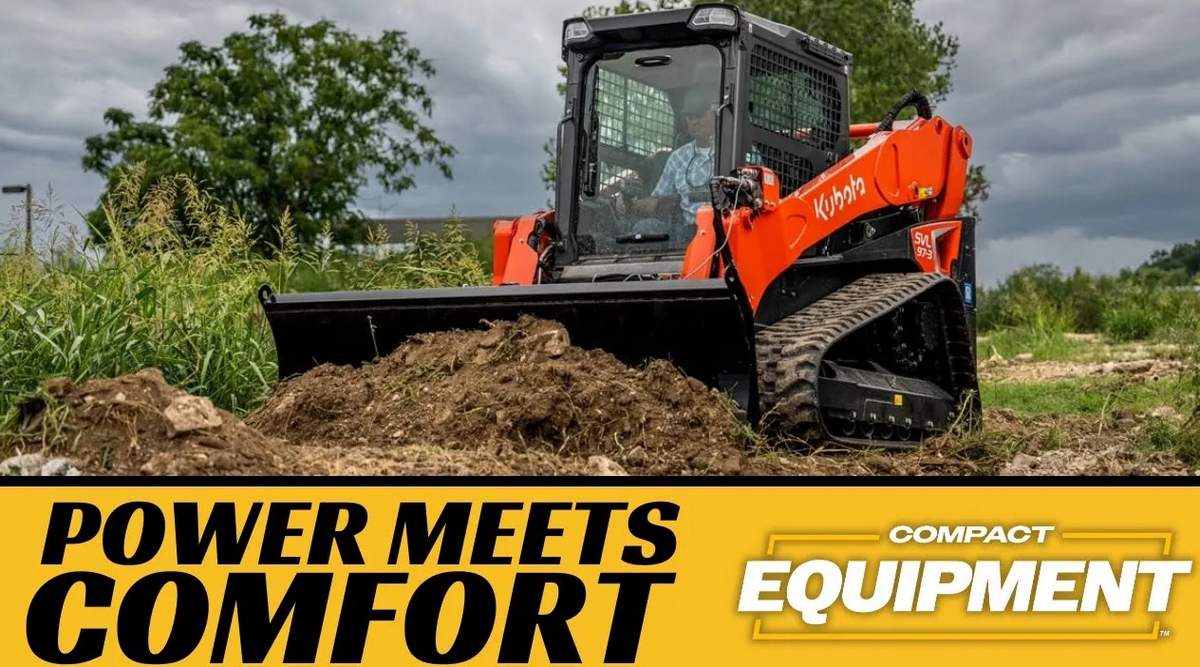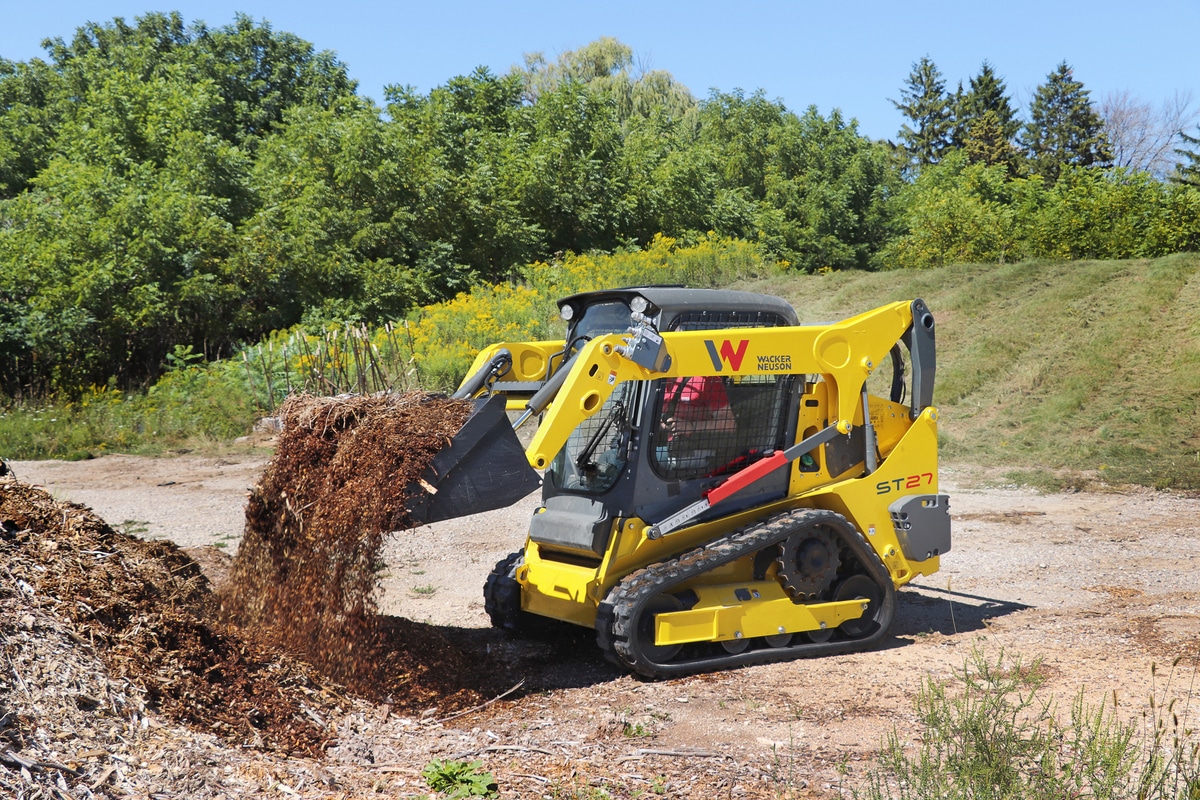Where Rubber Meets the Snow
In just a month or two, many of us will trade in our flip-flops for wool socks, our swimming trunks for snowmobiles and our air-conditioning for space heaters.
Ready or not, winter is right around the corner. As product managers of a leading manufacturer of rubber tracks, we’re often asked: “What is the best way to operate my rubber tracked machine in snowy and wintery environments?” While there are many ways to approach this question, depending on machine (skid steer, track loader or mini excavator), we have detailed some important reminders that will help you get started, allowing your machine and rubber tracks to work hard throughout the winter season.

First off, we always recommend keeping rubber tracks out of the elements as best as possible. If you plan on winterizing your equipment over the season, try to park in a temperature-controlled environment such as a barn or garage. If this is not an option, try to cover the machine (including the rubber tracks) to keep the snow and sunlight off the tracks.
One of the main benefits of compact equipment is the versatility of the machines. They can operate as construction equipment in the summer and snow removal equipment in the winter. As environments change, remember that operating characteristics change as well. Everything from stopping distances to maneuverability on slopes to ground visibility need to be reconsidered. Here are a few tips to keep in mind when changing your track dynamics this chilly season.
Stopping Distances — Safety First
No matter what brand of rubber track you have, be sure to test the stopping distance each time you use the equipment. This is best done on flat roads or grounds where space is abundant. Start with slow speeds and then come to a dead stop. As you do this, get the feel for how your machine is contacting the ground. When you become comfortable with your stopping distances, you can then proceed on with the job.
Maneuverability on Slopes — Think Before You Commit
I know it sounds elementary, but remember, snow is just frozen water and it becomes very slippery. Regardless of what rubber track product you have on your machine, rubber will always slide on snow and ice.
When you are working on slopes, ask yourself: “Is this safe?” If you can’t answer yes immediately and have to think about it, the answer is no. Even small slopes of only a few degrees become hazardous in the wintertime, so don’t underestimate any situation.
Ground Visibility — What’s Under the Snow?
It’s a good question to ask when starting to work on a jobsite in the winter time. If you’re clearing parking lots, do you know where all the curbs are located? Do you know where the parking bumpers are placed? If not, you may be in for a surprise. Always be sure to walk your jobsite before starting the work. Take note of where potential hazards are located to prevent any impact that may be lying under the snow. Finally, remember that snow drifts fill in low lying areas. Be sure to know where ditches and trenches are prior to operating your machine.
Skid Steer Users — I Need Tracks, but Not a Compact Track Loader
For those of you with wheeled skid steer machines who need rubber track flotation but don’t want to commit the investment to a dedicated tracked machine, there is a solution for you. Over-the-tire (OTT) rubber tracks offer unique systems that will convert most skid steer models from a tired machine to a tracked machine in only minutes. The benefit of using OTT tracks in the winter is that they provide a machine with increased flotation as well as traction. Running up and down snow banks becomes easier when you have a larger footprint.
Preparing for a winter application can present some unique challenges. Be sure to keep some of these ideas in mind and know that if you ever have any questions regarding rubber tracks to call your local track representative.
Jared Steier is the rubber track product manager for Solideal USA, based in Charlotte, N.C., and Kaitlin Dell is a product support specialist for rubber tracks for Solideal Canada, based in Toronto, Ontario, Canada.





Comments are closed here.